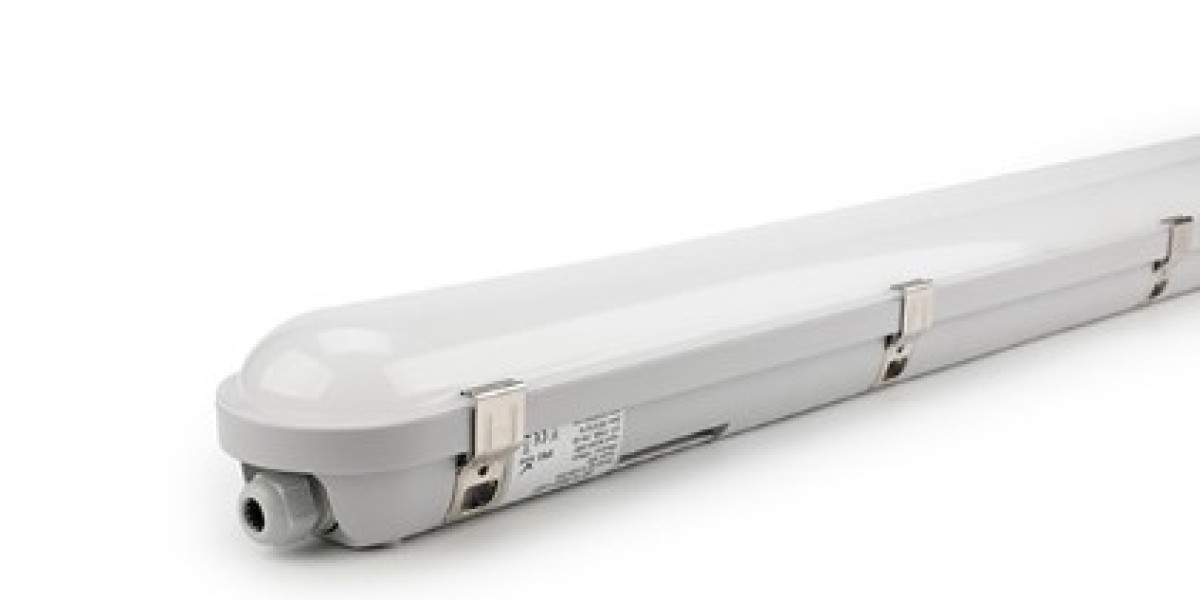Window blinds are more than just decorative features—they are essential elements of interior design that offer privacy, light control, energy efficiency, and even sound insulation. Whether you're revamping your home, upgrading an office, or simply seeking to block out harsh sunlight, blinds are a stylish and functional solution.
1. What Are Window Blinds?
Window blinds are window coverings made of slats or fabric that can be adjusted to control light and privacy. Unlike curtains, blinds can be tilted, raised, or lowered to suit your needs.
2. Types of Window Blinds
Venetian Blinds
These classic blinds feature horizontal slats, usually made of wood, plastic, or aluminum, and are ideal for controlling light with precision.
Vertical Blinds
Commonly used for large windows and sliding doors, vertical blinds have slats that run from top to bottom.
Roller Blinds
Made of a single piece of fabric, roller blinds roll up and down smoothly and are perfect for a clean, modern look.
Roman Blinds
Soft and elegant, Roman blinds fold into pleats when raised and are ideal for living rooms and bedrooms.
Pleated Blinds
These blinds fold like an accordion and offer a sleek look that works well for both homes and offices.
Cellular (Honeycomb) Blinds
Designed for insulation, cellular blinds trap air in their honeycomb structure, making them energy-efficient.
Panel Blinds
Great for wide windows and doors, these blinds slide open like sliding doors and stack neatly when not in use.
Smart Blinds
Motorized and app-controlled, smart blinds allow you to adjust light and privacy from your smartphone or voice assistant.
3. Benefits of Installing Window Blinds
Light Control: Tilt or raise slats to let in as much or as little light as you like.
Privacy: Keep your interiors private, especially at night.
Energy Efficiency: Reduce heat in summer and retain warmth in winter.
Aesthetic Appeal: Enhance the visual appeal of any room.
Low Maintenance: Most blinds only require occasional dusting.
Custom Fit: Tailored to your window size and style preferences.
4. Blinds vs Curtains: Which Is Better?
While both options offer advantages, blinds tend to provide better light control, modern appeal, and compact design, whereas curtains often add softness and texture. In many homes, a layered approach—blinds plus curtains—works best.
5. Choosing the Right Material
Wood: Classic and warm, great for living rooms and studies.
Faux Wood: Moisture-resistant and budget-friendly.
Aluminum: Durable and sleek, ideal for kitchens and offices.
Fabric: Available in a wide range of colors and textures.
PVC or Vinyl: Easy to clean and water-resistant, perfect for bathrooms.
6. Best Blinds for Different Rooms
Living Room: Roman, Venetian, or layered blinds
Bedroom: Blackout roller or cellular blinds
Kitchen: Aluminum or faux wood blinds
Bathroom: Waterproof vinyl or PVC blinds
Office: Vertical or motorized blinds
7. Motorized and Smart Blinds
Smart home integration is now trending. Motorized blinds let you adjust your window treatments remotely using an app or smart assistant like Alexa or Google Home. They're ideal for large windows, high ceilings, or elderly homeowners.
8. Custom vs Ready-Made Blinds
Custom Blinds: Perfect fit, better design flexibility, and ideal for odd-sized windows.
Ready-Made Blinds: Budget-friendly and readily available but may not fit perfectly.
9. Window Blind Maintenance Tips
Dust regularly using a microfiber cloth or vacuum.
Spot clean stains on fabric blinds.
Use mild detergent for PVC or faux wood.
Avoid harsh chemicals to preserve material quality.
10. How to Measure for Window Blinds
Measure width and height inside the window frame (for inside mount).
Measure outer edges for outside mount.
Double-check measurements before purchasing or customizing.
11. Installation Tips
Follow manufacturer instructions.
Use a level and measuring tape.
Secure brackets properly for safety.
When in doubt, hire a professional.
12. Popular Trends in 2025
Natural textures like bamboo and woven wood
Sustainable materials and eco-friendly designs
Minimalist roller blinds with clean lines
Automated smart blinds gaining popularity
Dual-layer zebra blinds for modern interiors
13. Energy Efficiency and Light Control
Cellular blinds and blackout roller blinds are particularly effective at reducing heat gain in summer and retaining warmth in winter, helping lower energy bills. You can also combine them with solar shades for UV protection.
14. Safety Considerations for Homes with Kids or Pets
Choose cordless blinds or blinds with built-in safety mechanisms to prevent accidents. Wall anchors and motorized systems also help ensure safety for young children and pets.
15. Where to Buy Quality Window Blinds
You can find blinds at:
Home improvement stores like Home Depot or Lowe’s
Online retailers like Amazon, Wayfair, and Blinds.com
Custom blind specialists for tailored solutions
Interior design boutiques for luxury options
Final Thoughts
Window blinds offer a perfect balance between style and practicality. With a wide range of designs, materials, and automation options, there’s a blind for every window and every need. Whether you’re going for elegance, energy efficiency, or ease of use, the right blinds can transform any space into a more comfortable and beautiful environment.



